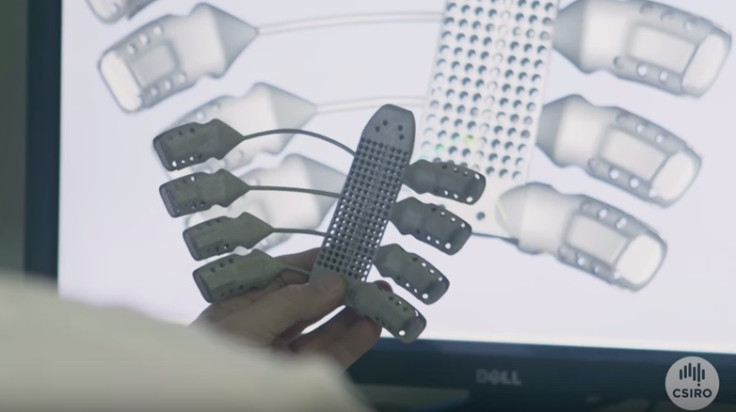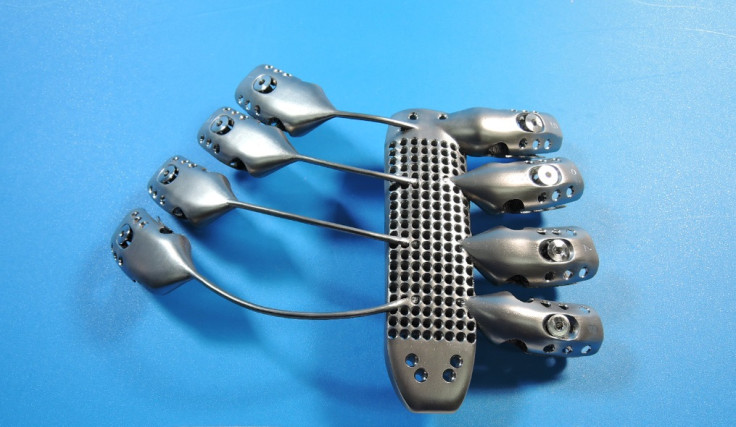Cancer patient receives 3D printed titanium sternum and ribs in world first

A cancer patient in Spain has received a 3D printed titanium sternum and rib implant in a world first surgery. The technology was developed in Australia by scientists at CSIRO's 3D printing facility, Anatomics.
The 54-year-old patient had been diagnosed with a chest wall sarcoma and doctors decided to remove his sternum and a portion of his rib cage, then replace it with an implant. The team, from the Salamanca University Hospital in Spain, said they knew the surgery was going to be extremely complicated because of the geometrics involved in the chest cavity.
Surgeon José Aranda explained: "We thought, maybe we could create a new type of implant that we could fully customise to replicate the intricate structures of the sternum and ribs. We wanted to provide a safer option for our patient, and improve their recovery post-surgery."

So they turned to the team at CSIRO to design the implant. Andrew Batty, CEO of Anatomics, assessed the requirements and decided they needed to print the implant from titanium. He said that although titanium implants have been used in chest surgery previously, fixation problems mean they can come loose over time.
They had to create a 3D reconstruction of the patient's chest wall and tumour, meaning they could accurately define resection margins. "From this, we were able to design an implant with a rigid sternal core and semi-flexible titanium rods to act as prosthetic ribs attached to the sternum," Batty said.
Alex Kingsbury, from CSIRO's manufacturing team, said they built the implant with a printer that directs an electron beam at a bed of titanium powder to melt it. "This process is then repeated, building the product up layer-by-layer until you have a complete implant. 3D printing has significant advantages over traditional manufacturing methods, particularly for biomedical applications. As well as being customisable, it also allows for rapid prototyping – which can make a big difference if a patient is waiting for surgery."

After creating the implant, it was taken to Spain for the surgery. "The operation was very successful," Aranda said. "Thanks to 3D printing technology and a unique resection template, we were able to create a body part that was fully customised and fitted like a glove.
"To our knowledge this is the first 3D titanium printed sternum [made through] custom-made processes. And, of course, for me the main important thing is the excellent functional and cosmetic results we have obtained."
Australian minister for industry and science Ian Macfarlane congratulated scientists and surgeons on the collaboration, saying: "This breakthrough is an impressive example of what can be achieved when industry and science come together."
© Copyright IBTimes 2025. All rights reserved.






















